Today, there are few reminders of the catastrophic war that waged in Bosnia and Herzegovina (BH) from 1992 to 1995. Some bombed-out shells of buildings remain, but for the most part, visible signs of the conflict are fading from the rural and urban landscape as towns and cities are being rebuilt and restored.
BH applied for EU membership on 15 February 2016 and joins the queue of other potential countries in the Balkans. Although well down the list, its varied forest resource will do the country’s application no harm.
How it is managing its forests since the Dayton Agreement put an end to the three-and-a-half-year brutal civil war in 1995 was one of the reasons for the recent visit of the Society of Irish Foresters to BH.
The country, mainly mountainous, is dominated by the Dinaric Alps. It has only 27% arable land and 63% forest cover. Although BH has an area of 51,129ha – about the size of Munster, Leinster and Galway – it has 3.2m ha of forest land, over four times the forest area of Ireland.
Yet, its annual harvested production at 3.9m cubic metres (m3) is about the same as Ireland. The reasons why it harvests little over a quarter of its annual increment of 14m m3 include difficult access coupled with a poor forest road infrastructure and little investment in harvesting technology as well as having a high percentage of non-productive forests.

Society of Irish Forester (SIF) tour participant Eugene McKenna and Ken Bucke, SIF president, in a coppice beech wood in West Herzegovina..
In addition, there is no central forestry policymaking body as the country is still divided politically and run by separate administrative entities representing Bosniak, Serb and Croat communities spread over 10 cantons.
The timber processing and manufacturing sectors are fragmented and outdated but a 2015 FAO report maintains that increased export revenue from higher added-value subsectors such as furniture, prefabricated houses and other wood products “is especially encouraging”.
Harvesting operations are carried out manually relying on horse and tractor extraction. Forest management could be termed as “light touch” with continuous cover forestry (CCF) the favoured silvicultural practice – clearcuts have been banned since 1971. CCF presents challenges in plantation forests but suits many of BH’s forests especially in its coppiced beech woods and the primaeval or virgin forests which the society tour group visited.
Coppiced beech
The group visited an upland beech forest in West Herzegovina Canton, mainly located on limestone karst region. The local state company forestry director Ante Begic outlined plans for his district, which has 50,151ha of forest land.
An annual income of BAM400,000 (€200,000) for the district appears extremely low but 85% of Ante’s district is unproductive including shrub, understocked and cleared forests. The remainder comprises high and coppiced beech forest, plantation forest and small forests of natural pine including Bosnian pine, which is a protected species.
As there is no management, the trees are allowed to die and rot, renewing the soil and the rich flora
The silvicultural method in the beech forest is coppicing. While the forest dates back centuries, it had been exploited in the past, especially as a result of overcutting and overgrazing. It has been carefully restored and is now probably overstocked. The average age of the trees is between 35 and 50 years. In all, there are 3,500ha of coppiced beech in Ante’s district carrying an average standing volume of 100m3/ha.
Annual yield is 4.7m3/ha or 16,440m3 for the total coppiced beech forest but the annual allowable cut is only 3,300m3 or 0.9m3/ha. Most of the beech thinnings are used for firewood with some converted to wood pellets.
Virgin forest
In contrast to the mainly pure beech forest in the West Herzegovina Canton, the virgin forest of Ravna vala in the Sarajevo Canton on Mount Bjelašnica is a haven of biodiversity. Located 20km southwest of Sarajevo at an altitude up to 2,000m, the forest has a research plot which records the progression of the virgin forest without management or felling interference.
The plot is meticulously monitored by the University of Sarajevo forestry faculty. Staff measure and number all trees in a unique research experiment which allows foresters, students and the public to reconnect with the primaeval forest.
The two main species are silver fir and beech with a range of other species including Norway spruce, sycamore and maple vying – unsuccessfully – to be part of the primaeval narrative.
Beech and silver fir are shade bearers so they form the main crop in the virgin forest as they maintain an equilibrium, which has lasted down through the millennia. As there is no management, the trees are allowed to die and rot, renewing the soil and the rich flora.
The surrounding CCF managed forest, which creates openings in the canopy, allows greater scope for Norway spruce, sycamore and maple to develop as these are light demanders. Unexpectedly, the managed forest is richer in flora biodiversity than the untouched research area.
But the predominantly fir-beech mix is likely to prevail – managed or unmanaged – in a forest which carries an impressive stocking volume of 667m3/ha. The silver fir dominates, achieving a top height of 55m with a stocking level of 521m3/ha with beech (101m3), sycamore and maple (37m3) and Norway spruce (8m3) comprising the remaining volumes.
Many of the species in the BH forests grow well in Ireland. As there is likely to be emphasis on species diversification to mitigate climate change and disease risk, some BH species may be worth reassessment. Norway spruce is the most obvious. In BH, it is at the most southerly limit of its range but yet it is a major commercial species here.
In Ireland, Norway spruce is second to Sitka spruce as a commercial conifer comprising 26,000ha of forests but it is still less than 4% of the total forest area, so may need fresh evaluation. Of the other conifers growing in BH, Scots pine is the most obviously suited to Ireland. However, it only forms 1.1% of the forest estate despite its importance as Ireland’s only commercial conifer. Silver fir will have few supporters although we experimented with it in early afforestation programmes. However, little more than 250ha of the species remain.
Beech is a major broadleaved species in BH and for a time was the most widely planted hardwood in Ireland, forming 7% of annual planting programmes in the 1940s. As a result, there are 10,000ha of beech woods in Ireland.
BH values forests for their tourism and social benefits as much – if not more – than their commercial wood potential. These are the forests which formed the backdrop to the spectacular ski slopes during the 1984 Winter Olympics.
BH is now one of the few countries that benefits from winter and summer tourism. In a country with an uncertain political and economic future, the emphasis is likely to remain on increasing revenue from tourism so issues such as forest protection are understandable goals.
Today, there are few reminders of the catastrophic war that waged in Bosnia and Herzegovina (BH) from 1992 to 1995. Some bombed-out shells of buildings remain, but for the most part, visible signs of the conflict are fading from the rural and urban landscape as towns and cities are being rebuilt and restored.
BH applied for EU membership on 15 February 2016 and joins the queue of other potential countries in the Balkans. Although well down the list, its varied forest resource will do the country’s application no harm.
How it is managing its forests since the Dayton Agreement put an end to the three-and-a-half-year brutal civil war in 1995 was one of the reasons for the recent visit of the Society of Irish Foresters to BH.
The country, mainly mountainous, is dominated by the Dinaric Alps. It has only 27% arable land and 63% forest cover. Although BH has an area of 51,129ha – about the size of Munster, Leinster and Galway – it has 3.2m ha of forest land, over four times the forest area of Ireland.
Yet, its annual harvested production at 3.9m cubic metres (m3) is about the same as Ireland. The reasons why it harvests little over a quarter of its annual increment of 14m m3 include difficult access coupled with a poor forest road infrastructure and little investment in harvesting technology as well as having a high percentage of non-productive forests.

Society of Irish Forester (SIF) tour participant Eugene McKenna and Ken Bucke, SIF president, in a coppice beech wood in West Herzegovina..
In addition, there is no central forestry policymaking body as the country is still divided politically and run by separate administrative entities representing Bosniak, Serb and Croat communities spread over 10 cantons.
The timber processing and manufacturing sectors are fragmented and outdated but a 2015 FAO report maintains that increased export revenue from higher added-value subsectors such as furniture, prefabricated houses and other wood products “is especially encouraging”.
Harvesting operations are carried out manually relying on horse and tractor extraction. Forest management could be termed as “light touch” with continuous cover forestry (CCF) the favoured silvicultural practice – clearcuts have been banned since 1971. CCF presents challenges in plantation forests but suits many of BH’s forests especially in its coppiced beech woods and the primaeval or virgin forests which the society tour group visited.
Coppiced beech
The group visited an upland beech forest in West Herzegovina Canton, mainly located on limestone karst region. The local state company forestry director Ante Begic outlined plans for his district, which has 50,151ha of forest land.
An annual income of BAM400,000 (€200,000) for the district appears extremely low but 85% of Ante’s district is unproductive including shrub, understocked and cleared forests. The remainder comprises high and coppiced beech forest, plantation forest and small forests of natural pine including Bosnian pine, which is a protected species.
As there is no management, the trees are allowed to die and rot, renewing the soil and the rich flora
The silvicultural method in the beech forest is coppicing. While the forest dates back centuries, it had been exploited in the past, especially as a result of overcutting and overgrazing. It has been carefully restored and is now probably overstocked. The average age of the trees is between 35 and 50 years. In all, there are 3,500ha of coppiced beech in Ante’s district carrying an average standing volume of 100m3/ha.
Annual yield is 4.7m3/ha or 16,440m3 for the total coppiced beech forest but the annual allowable cut is only 3,300m3 or 0.9m3/ha. Most of the beech thinnings are used for firewood with some converted to wood pellets.
Virgin forest
In contrast to the mainly pure beech forest in the West Herzegovina Canton, the virgin forest of Ravna vala in the Sarajevo Canton on Mount Bjelašnica is a haven of biodiversity. Located 20km southwest of Sarajevo at an altitude up to 2,000m, the forest has a research plot which records the progression of the virgin forest without management or felling interference.
The plot is meticulously monitored by the University of Sarajevo forestry faculty. Staff measure and number all trees in a unique research experiment which allows foresters, students and the public to reconnect with the primaeval forest.
The two main species are silver fir and beech with a range of other species including Norway spruce, sycamore and maple vying – unsuccessfully – to be part of the primaeval narrative.
Beech and silver fir are shade bearers so they form the main crop in the virgin forest as they maintain an equilibrium, which has lasted down through the millennia. As there is no management, the trees are allowed to die and rot, renewing the soil and the rich flora.
The surrounding CCF managed forest, which creates openings in the canopy, allows greater scope for Norway spruce, sycamore and maple to develop as these are light demanders. Unexpectedly, the managed forest is richer in flora biodiversity than the untouched research area.
But the predominantly fir-beech mix is likely to prevail – managed or unmanaged – in a forest which carries an impressive stocking volume of 667m3/ha. The silver fir dominates, achieving a top height of 55m with a stocking level of 521m3/ha with beech (101m3), sycamore and maple (37m3) and Norway spruce (8m3) comprising the remaining volumes.
Many of the species in the BH forests grow well in Ireland. As there is likely to be emphasis on species diversification to mitigate climate change and disease risk, some BH species may be worth reassessment. Norway spruce is the most obvious. In BH, it is at the most southerly limit of its range but yet it is a major commercial species here.
In Ireland, Norway spruce is second to Sitka spruce as a commercial conifer comprising 26,000ha of forests but it is still less than 4% of the total forest area, so may need fresh evaluation. Of the other conifers growing in BH, Scots pine is the most obviously suited to Ireland. However, it only forms 1.1% of the forest estate despite its importance as Ireland’s only commercial conifer. Silver fir will have few supporters although we experimented with it in early afforestation programmes. However, little more than 250ha of the species remain.
Beech is a major broadleaved species in BH and for a time was the most widely planted hardwood in Ireland, forming 7% of annual planting programmes in the 1940s. As a result, there are 10,000ha of beech woods in Ireland.
BH values forests for their tourism and social benefits as much – if not more – than their commercial wood potential. These are the forests which formed the backdrop to the spectacular ski slopes during the 1984 Winter Olympics.
BH is now one of the few countries that benefits from winter and summer tourism. In a country with an uncertain political and economic future, the emphasis is likely to remain on increasing revenue from tourism so issues such as forest protection are understandable goals.





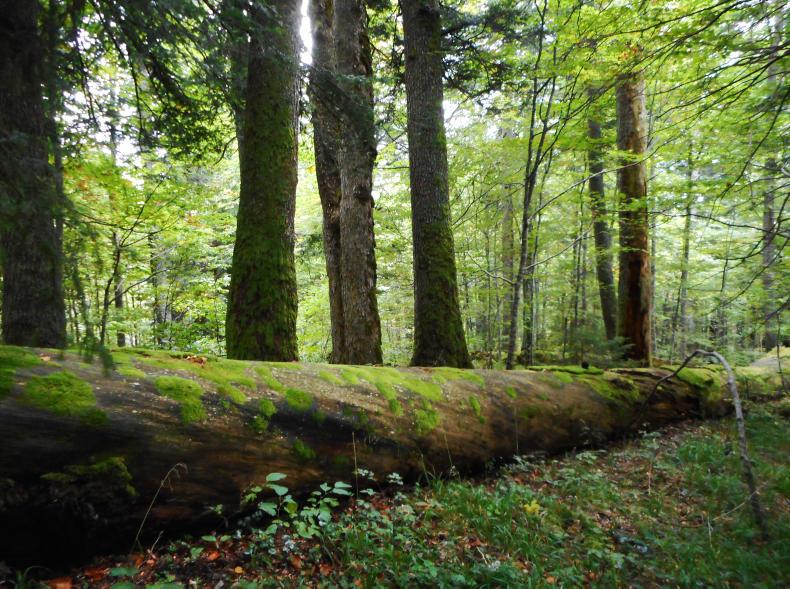
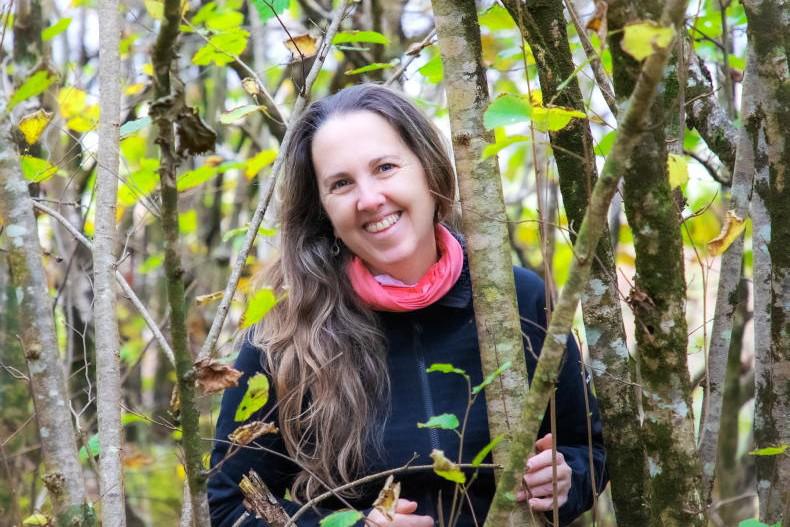

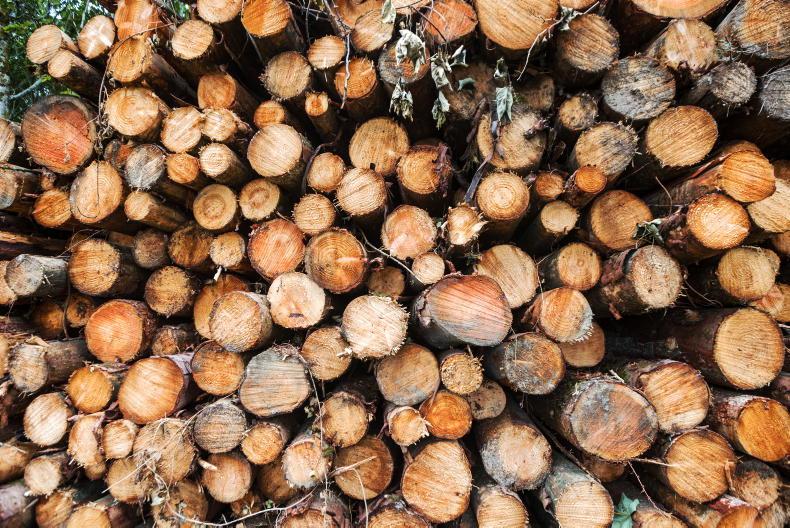
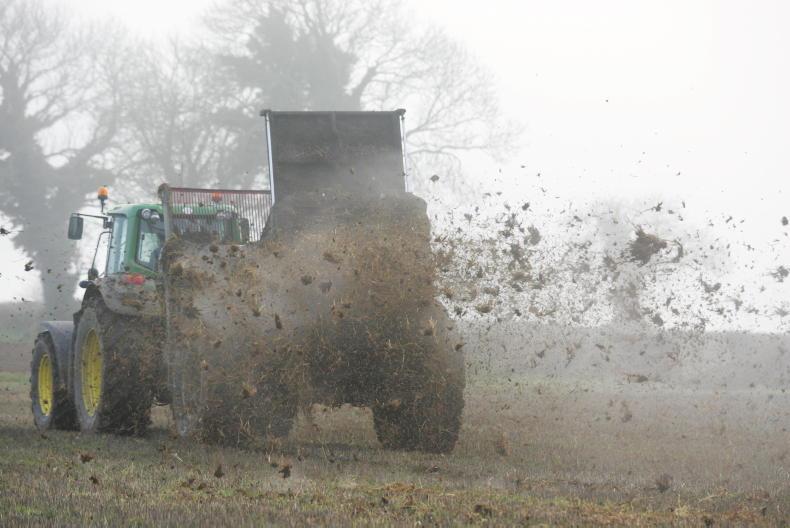
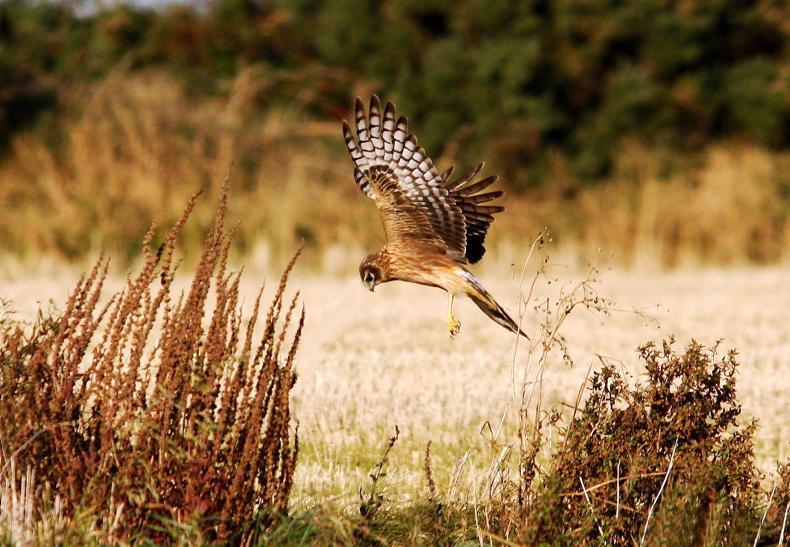
SHARING OPTIONS